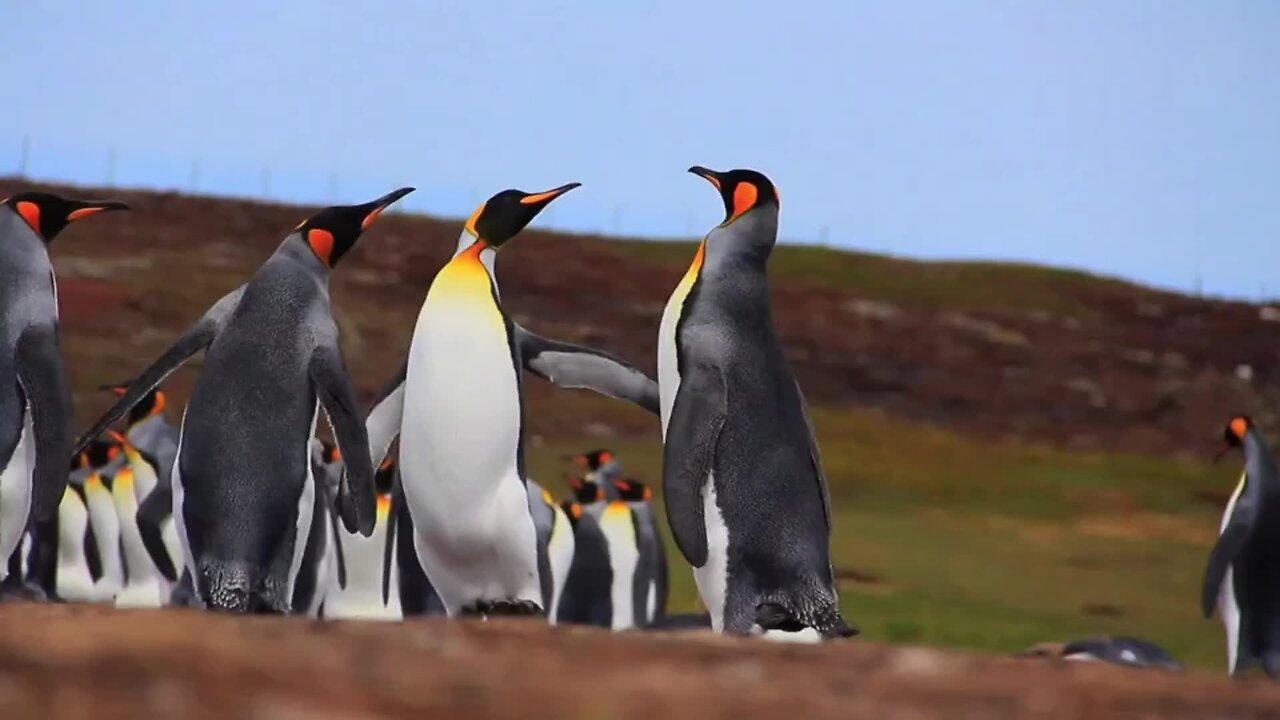
Penguins are flightless birds primarily found in the Southern Hemisphere, particularly in Antarctica.
Here are some key details: Physical Characteristics Body Structure: Penguins have a streamlined body shape, which aids in swimming.
They have a layer of blubber and dense feathers for insulation.
Size: The largest species, the Emperor Penguin, can reach up to 4 feet tall, while the smallest, the Little Blue Penguin, is about 16 inches.
Habitat Geographical Range: While most penguins live in and around Antarctica, some species inhabit temperate regions, such as the Galápagos Penguin, which is found near the equator.
Nesting: Penguins typically nest in colonies, often on rocky coasts or in burrows.
Diet Penguins primarily feed on fish, squid, and krill.
Their hunting is efficient, aided by their excellent swimming abilities.
Behavior Social Structure: They are social birds, often forming large colonies.
Their communication includes vocalizations and body language.
Mating: Most penguins are monogamous during the breeding season, and many species engage in elaborate courtship rituals.
Reproduction Egg Laying: Females usually lay one or two eggs, depending on the species.
They take turns incubating the eggs with their partners.
Chick Rearing: After hatching, chicks are often cared for communally within crèches to protect them from predators.
Conservation Status Many penguin species face threats from climate change, overfishing, and habitat loss.
Conservation efforts are underway to protect their habitats and populations.
Interesting Facts Penguins can "porpoise" by leaping out of the water to breathe while swimming.
They have a unique adaptation to keep warm in cold climates: their feathers overlap to create an insulating layer.
These fascinating birds are not only iconic of the Antarctic landscape but also serve as indicators of ocean health.
